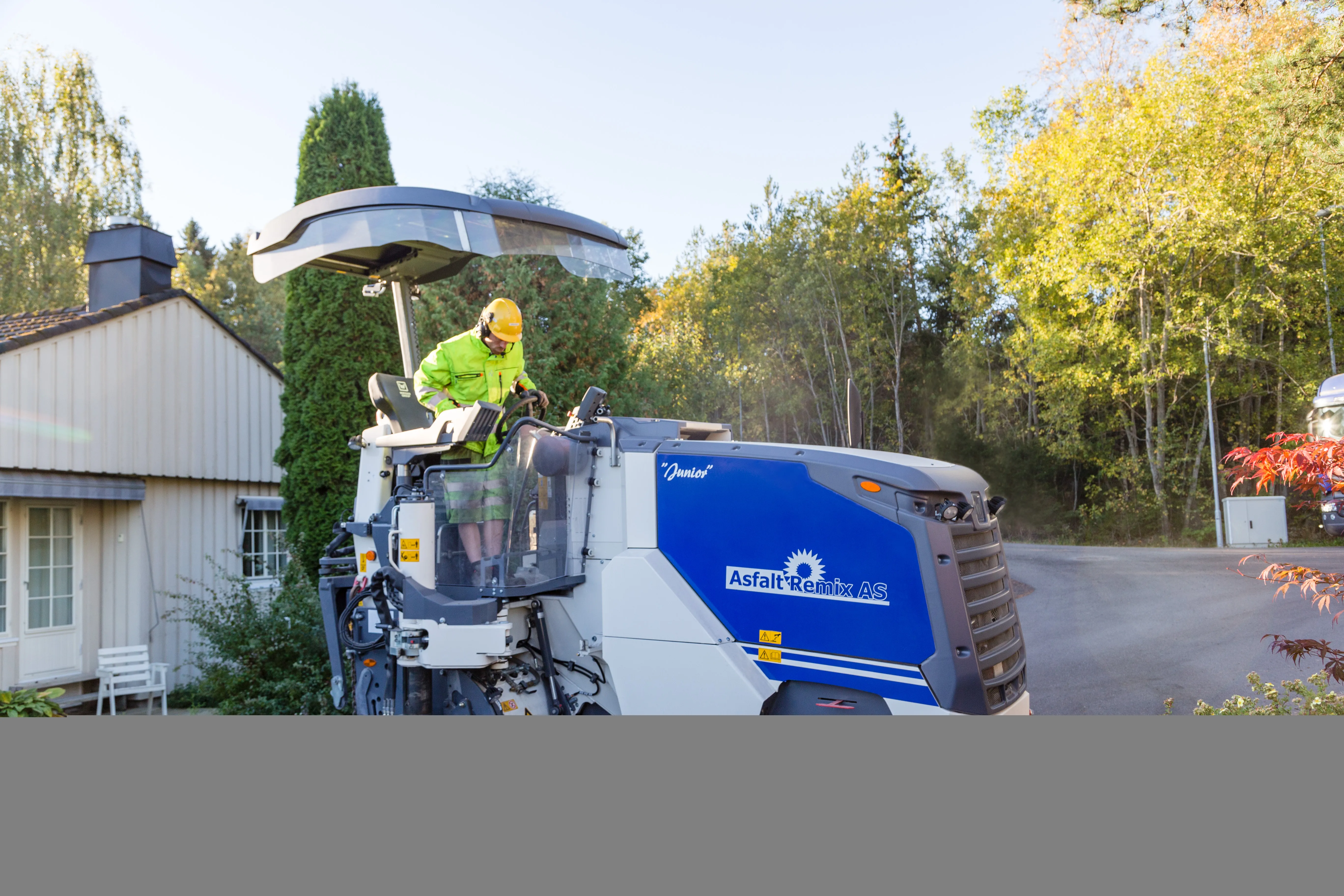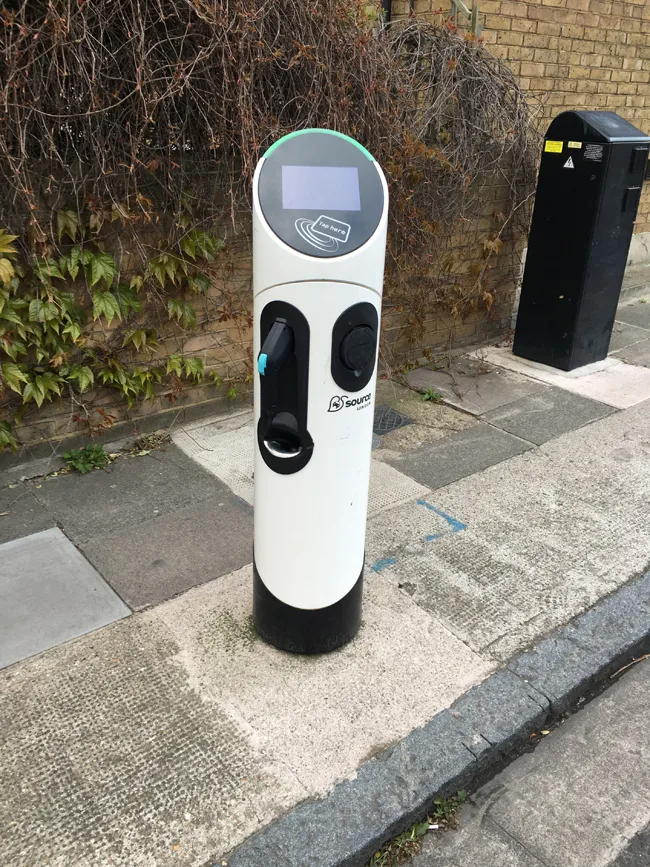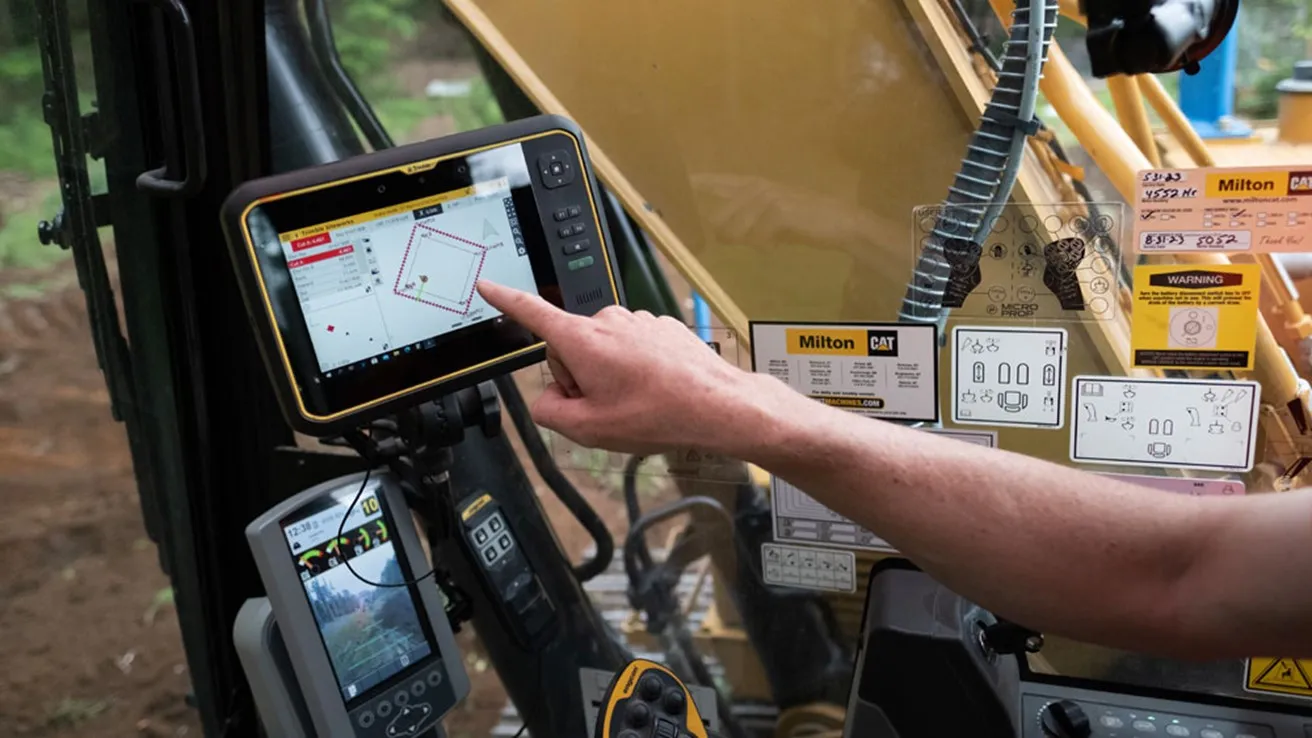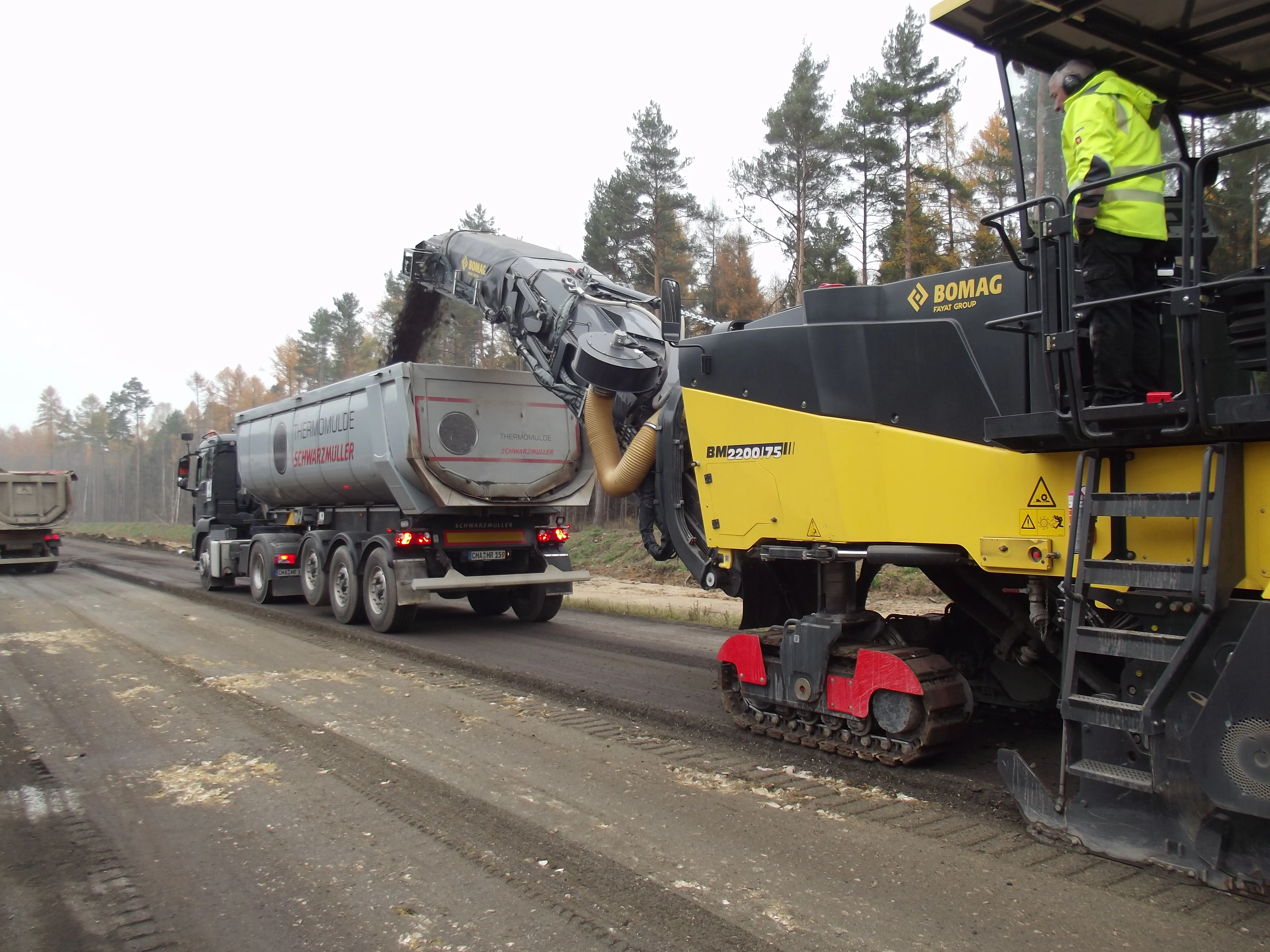
As soon as the job is done, machines must be quickly loaded and ready to speed off to the next project. That’s exactly what the W 60 Ri small milling machine from
Headquartered near Oslo, Asfalt Remix - the country’s largest milling service provider - has been serving customers throughout Norway for more than 20 years. Asfalt Remix has been using machines from Wirtgen for its milling jobs since it was founded in 1995 – the Norwegian company’s first machine was a type W 500 small milling unit.
Last year, Asfalt Remix expanded and updated its fleet of around 20 machines, adding two Wirtgen W 60 Ri small milling machines along with three Wirtgen large milling machines of type W 220.
The small milling machines more than proved their flexibility and versatility over the season, according to Eyvind Brynildsen, junior director of Asfalt Remix. “The sophisticated machine concept, together with other invaluable details, delivers the edge that ultimately is the key to economic success.”
The W 60 Ri has many easy-to-use added and automated functions that mark the machine out as excellent, noted milling machine operator Jon Anders Fjeld. For instance, the height of the machine can be adjusted using the multifunctional armrest. It means he can adjust the height and save the set value with just one hand while remaining comfortably seated.
When the milling drum is lowered into the working position on a parallel track, the machine then mills to exactly the same depth as before. In total, four buttons on the W 60 Ri can be customised with a range of functions, allowing each operator to adapt the small milling machine perfectly to their own working style and the requirements of a particular job site. In Norway, where surface courses are mainly milled to a depth of 4cm, this function saves a lot of time.
Also, the display on the multifunctional armrest shows much important information including job data - the milled area and the number of trucks loaded - the filling level of the tank, the advance rate and the selected milling drum speed. This information enables the operator to organise the work optimally, as well as any stops for refueling and changing cutting tools.
Transport made easy
Apart from the actual milling work, maneuvering is a major part of the day-to-day work of a small milling machine operator. On many days, Fjeld has to work on four or more job sites. To ensure this tight schedule can be kept, Wirtgen allows the rear wheel to swivel in: 30 seconds is all it takes. The milling drum has no contact with the ground, so the pavement is not damaged by the maneuvering.
The W 60 Ri also moves swiftly from the transport vehicle to its position on the job site, traveling at up to 12kph in the 4-wheel version and 8kph in a 3-wheel configuration. Relocating to the start of the next milling track is also speedy, because the machine can reverse with the milling drum activated.
In maneuvers, the offset arrangement of the front wheels allows the machine to drive up against obstacles or edges. Wirtgen has also equipped the machine with particularly large front wheels to minimise wear while reducing surface load on the base.
In all maneuvers, steering can be performed optionally using the joystick on the multifunctional armrest or – if the locking angle is to be particularly great – using the steering wheel. Once the rear wheel is swiveled in, it is automatically steered as well. This design reduces the turning radius. Since small milling machines often have to turn in the tightest of spaces, this feature additionally speeds up the work while maximising cost-efficiency.
Accurate automatic leveling is done using Wirtgen’s PRO PLUS “that further increases the precision of the milling results and leads to high quality”, said Brynildsen.
In the large milling machine segment, too, premium solutions from Wirtgen deliver added value. One example from the Norwegians’ portfolio is the sound-insulated operator's cabin, which is
Much in demand in Scandinavia is high-operator environment, such as Wirtgen’s Operator Comfort System. Since the cabin can be shifted and swiveled hydraulically, the machine operator can quickly get himself into the best position for optimum visibility. Even reversing maneuvers can be carried out conveniently while seated, because the cabin can be turned 110° in either direction from any position.
“We have fitted two of our new large milling machines with this cabin,” said Brynildsen. Camera transmission, precise joystick control and a powerful automatic climate control system with heating, cooling and fan functions create pleasant working conditions with optimal protection from the weather and first-class all-round visibility, whatever the conditions outside. “Operators can concentrate on their work and deliver quality.”
When they collected their five new W 60 Ri milling machines, Brynildsen, all the company’s milling machine operators and the workshop team traveled to the Wirtgen headquarters in Windhagen for intensive training. “We were able to get to know the new developments in detail,” said Brynildsen. “The Wirtgen trainers also passed on a lot of tips and tricks to enable us to use the machines even more safely and efficiently.”








